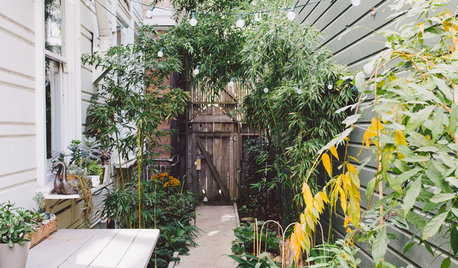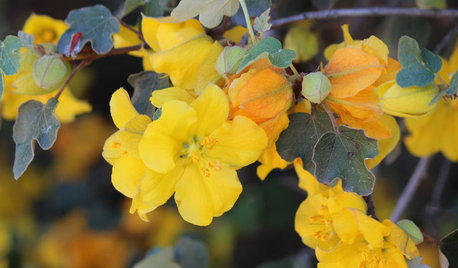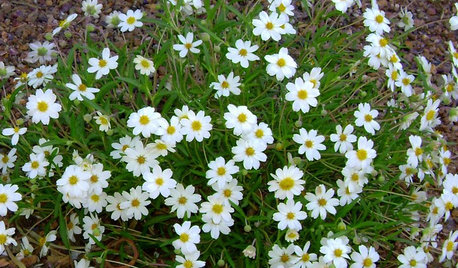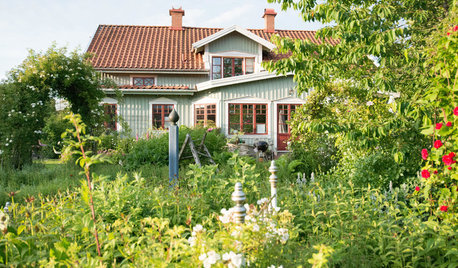Is it possible to overwater clematis?
gardenfanatic2003
16 years ago
Featured Answer
Comments (19)
buyorsell888
16 years agonckvilledudes
16 years agoRelated Professionals
Tempe Landscape Architects & Landscape Designers · Windham Landscape Architects & Landscape Designers · Comstock Park Landscape Architects & Landscape Designers · Beachwood Landscape Architects & Landscape Designers · Elwood Landscape Architects & Landscape Designers · Franconia Landscape Architects & Landscape Designers · Chesapeake Ranch Estates Landscape Contractors · Cockeysville Landscape Contractors · Mastic Beach Landscape Contractors · Mendota Heights Landscape Contractors · Olympia Landscape Contractors · Richmond Landscape Contractors · Thonotosassa Landscape Contractors · Vancouver Landscape Contractors · West Orange Landscape Contractorsnckvilledudes
16 years agogardengal48 (PNW Z8/9)
16 years agonckvilledudes
16 years agogardenfanatic2003
16 years agobuyorsell888
16 years agonckvilledudes
16 years agogardengal48 (PNW Z8/9)
16 years agonckvilledudes
16 years agobuyorsell888
16 years agogardenfanatic2003
13 years agojanetpetiole
13 years agogardenfanatic2003
13 years agobuyorsell888
13 years agojanetpetiole
13 years agogardenfanatic2003
13 years agogardenfanatic2003
13 years ago
Related Stories

PLANTING IDEASGreat Garden Combo: Rose + Clematis for Small-Space Impact
We all need somebody to lean on. And when a rose supports a climbing vine, the results can totally transform a small garden
Full Story
MIDCENTURY STYLEFollow One Man’s Midcentury-Mailbox Dream
An ill-fitting mailbox leads a determined dad on a quest — and possibly to a new business
Full Story
GARDENING AND LANDSCAPING10 Ways to Make the Most of Your Side Yard
Don’t overlook the possibilities for this often-forgotten space
Full Story
CALIFORNIA GARDENINGCalifornia Gardener's May Checklist
Only one major chore but a plethora of planting possibilities means a delightful month in California gardens
Full Story
GROUND COVERSGreat Design Plant: Blackfoot Daisy for Prettier Dry Ground
Don’t let its delicate looks fool you. This ground cover can survive extreme cold and heat, and with little water to boot
Full Story
INSPIRING GARDENSHouzz Tour: A Swedish Home and Garden Fit for a Dream
Work done on weekends and vacations turns a nondescript lot into an outdoor sanctuary filled with beautiful plantings and places to unwind
Full Story
SIDE YARD IDEASNarrow Trees for Tight Garden Spaces
Boost interest in a side yard or another space-challenged area with the fragrance and color of these columnar trees
Full Story
MOST POPULARThe Perfect Houseplant for People Who Kill Houseplants
If you can fill a jar with water, you can keep golden pothos vine happy — and it will pay you back with cleaner air and a greener home
Full Story
GARDENING AND LANDSCAPINGGive Your Compact Patio Some Major Style
11 ideas and examples to take your outdoor room from snoozefest to stellar
Full Story
GARDENING GUIDES15 Native Flowers That Feed Native Bees
These perennials offer superfood to hundreds of bees and are gorgeous in their own right
Full StoryMore Discussions







nckvilledudes